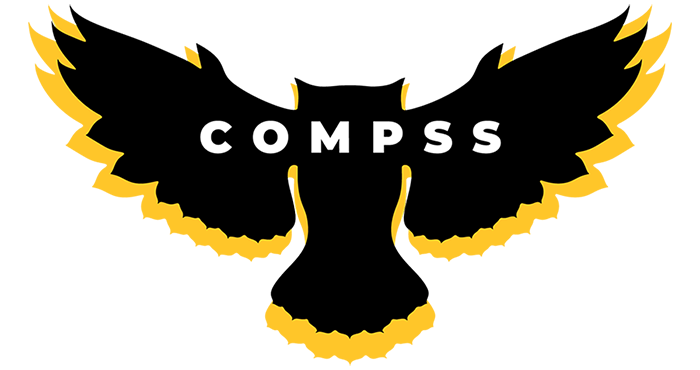Argument Essay Peer Review
As a writer . . .
Step 1: Underline your thesis statement.
Step 2: Include answers to the following two questions at the top of your draft:
- What questions do you have for your reviewer?
- List two concerns you have about your argument essay.
Step 3: When you receive your peer's feedback, read and consider it carefully.
Remember: you are not bound to accept everything your reader suggests; if you believe that the response comes as a result of misunderstanding your intentions, be sure that those intentions are clear. The problem can be either with the reader or the writer!
As a reviewer . . .
As you begin writing your peer review, remember that your peer will benefit more from constructive criticism than vague praise. A comment like "I got confused here" or "I saw your point clearly here" is more useful than "It looks okay to me." Point out ways your classmates can improve their work.
Step 1: Read your peer’s draft two times.
Read the draft once to get an overview of the paper, and a second time to provide constructive criticism for the author to use when revising the draft.
Step 2: Answer the following questions:
- What is the writer’s thesis statement? (Copy it here.)
- Is the thesis clear and well-supported?
- Is the paper overly general, or does the writer make specific claims and then back them up using logical reasoning and/or researched evidence?
- Does the writing “flow” smoothly? Note sentences or sections where flow could be improved.
- Is the essay reasonably free of sentence and spelling errors?
- Remember the MEAL plan – does each paragraph follow this basic structure? [M – Main idea; E – Evidence; A – Analysis; L – Link]
- Are all references to outside materials (direct quotations as well as very specific information that had to have come from reading others’ work) cited, both within the essay and on a Works Cited page?
- Has the writer used at least three scholarly sources (no Wikipedia, personal blogs, etc.)?
Step 3: Address your peer’s questions and concerns included at the top of the draft.
Step 4: Write a short paragraph about what the writer does especially well.
Step 5: Write a short paragraph about what you think the writer should do to improve the draft.
Your suggestions will be the most useful part of peer review for your classmates, so focus more of your time on these paragraphs; they will count for more of your peer review grade than the yes or no responses.
Hints for peer review:
- Point out the strengths in the essay.
- Address the larger issues first.
- Make specific suggestions for improvement.
- Be tactful but be candid and direct.
- Don’t be afraid to disagree with another reviewer.
- Make and receive comments in a useful way.
- Remember peer review is not an editing service; you should not focus on sentence-level errors like punctuation and spelling.

This material was developed by the COMPSS team and is licensed under a Creative Commons Attribution 4.0 International License. All materials created by the COMPSS team are free to use and can be adopted, remixed,
and shared at will as long as the materials are attributed. Please keep this information
on materials you adapt or adopt for attribution purposes.
















